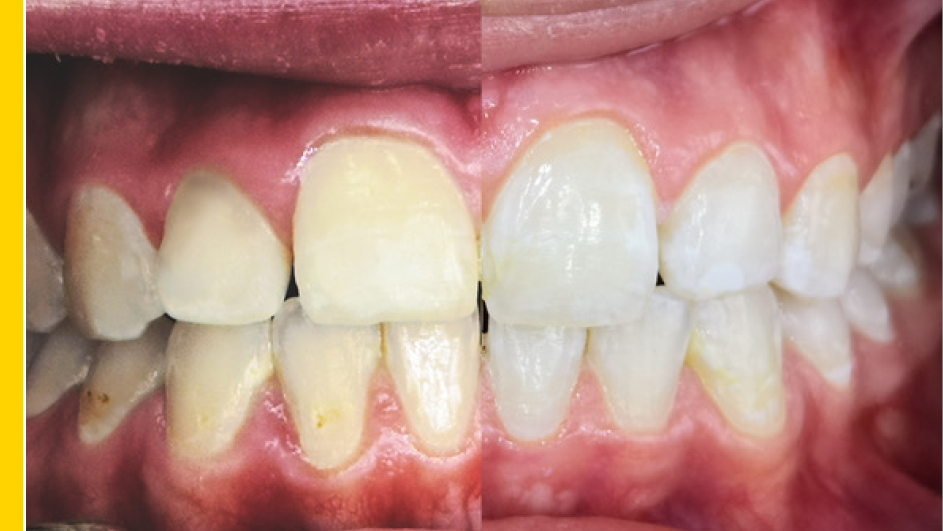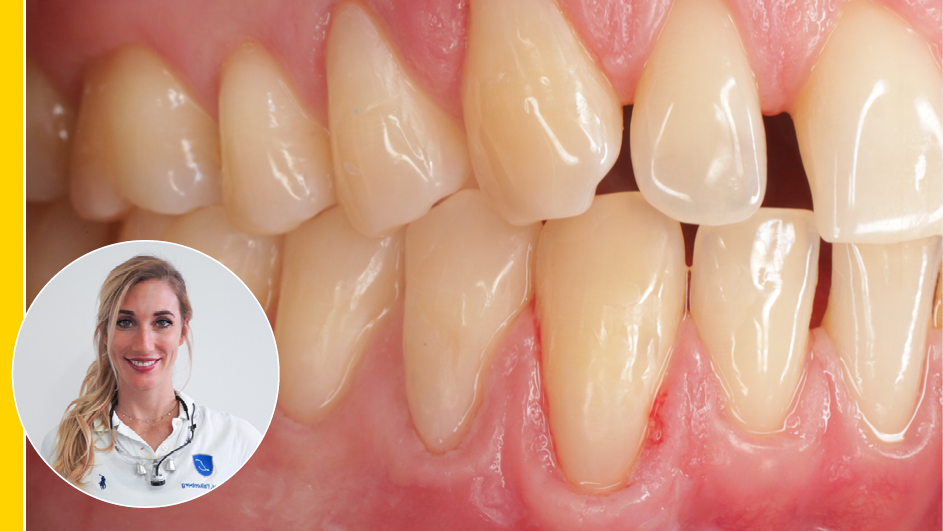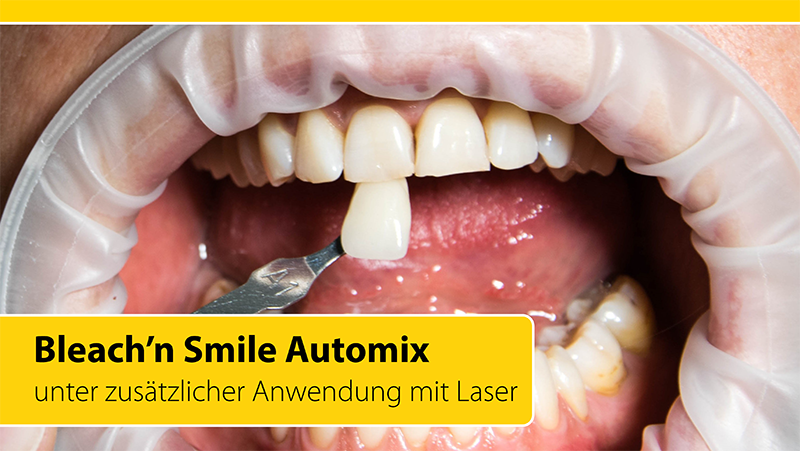How big is a µ?

How big is a µ?
First and foremost, "µ" is the lowercase version of the 12th letter in the Greek alphabet. "µ" is also the symbol for one millionth. A millionth of a meter used to be called "micron" in the past while today, the expression "micrometer" is more common and the usual notation is "µm". "µ" is also used as a prefix for other measuring units: 1 µg (1 microgram) are 0.001 mg (milligram) or 0.000001 g (gram).
This is the metrological explanation - but how big is a "µ" really? It is quite hard to imagine, despite all the definitions. Let us try with a chart:

Source: Haas Schleifmaschinen GmbH
The chart shows the comparison of a pig bristle, a paper clip, a pin, the paper strength of a newspaper and a cobweb. Those are all very small, thin objects and yet, they are many times bigger than 1 µ.
Just imagine the feeling of having a hair in your mouth or an eyelash in your eye. Anyone will confirm that this is a very unpleasant feeling. Being pricked by a pin will hurt quite a bit, even though the diameter of its tip is extremely small. Finally, imagine walking through cobwebs - this is also not a very pleasant feeling. Now, we are getting very close to a µ: Yet, the diameter of a cobweb is still six times bigger than a µ.
Microorganisms as an example for the size of a µ:
- The size of the smallest species of plasmodia (parasitic unicellular organisms) is about 3 µm.
- The size of the smallest bacteria is about 0.3 µm.
Source: Wikipedia
Perhaps this will help you imagine just how small a µ is.
The µ in dental technology
The measuring unit best known to us in terms of precision and fit is the µ or µm. Up until about ten years ago, we worked with tenths or hundredths. This was (and still is) already quite difficult, as the measurements must be carried out quite carefully and precisely. Mistakes can happen quickly and incorrect results lower the precision standard.
Today, however, we speak about even higher precision standards, e.g. deviations of no more than 5 µm (five thousandths).
The µ in the production of crowns and bridges
To produce a gap on crowns and bridges wide enough for the layer of fixing cement, we enter a cement gap of 60 µm in the Tizian Creativ RT modellation software.The crown margin is a dense margin which is designed without a gap, thus minimizing the erosion of cement.
The precise fit of crowns and bridges also depends on the repetition accuracy of the milling machine. This accuracy is measured in µ. The repetition accuracy is easy to calculate: The same object is milled twice and the resulting objects are measured afterwards. The deviation between the two objects represents the repetition precision. Tizian Cut 5.2 and Tizian Cut 5.2 plus are presently the milling machines with the highest level of repetition precision and with the best price-performance-ratio in our portfolio. Thanks to the powerful servomotor drives in all axles and the continuous temperature control and adjustment, these machines achieve extremely precise results.
The option "remilling" helps milling secondary crowns with an extremely precise fit. The crowns remain in the blank inside the milling machine and the dental technician checks the fit of the primary parts in the secondary crowns right there in the machine. In case that the fit is too tight, the dental technician can remill the individual telescopes. For this option, several parameters are available in CAM SW V5: Remilling without changing the measurements or remilling with an adjustment of 5 µm, 10 µm or 15 µm. This option will help the dental technician to approach the best possible fit step by step. In order to obtain an extremely precise fit, the milling tools must always be sharp and flawless.
When talking about precision at Schütz Dental, we are almost always talking micrometers. Only this extraordinary precision will let our customers produce double crowns and many other objects with an extremely precise fit.
Join one of our popular CAD/CAM training courses now.




